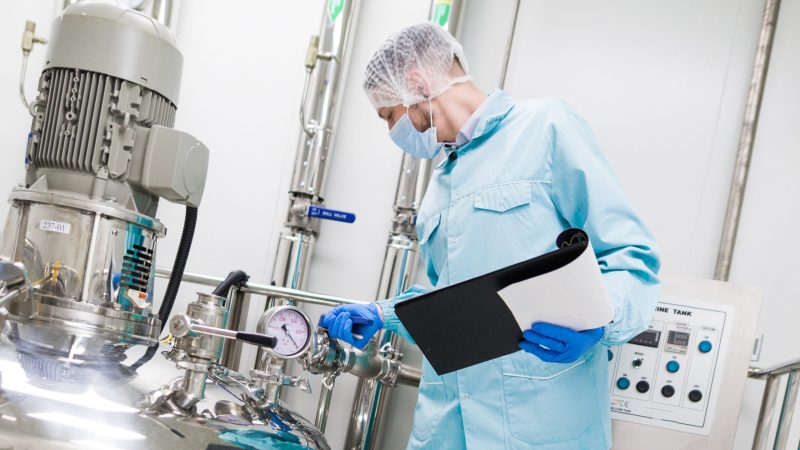The starting of a new year is always a good reason to do a finery at home, remove the dust from the previous year and clean out the house. Nowadays, many of us rely on some little helpers that take over the disliked routines like vacuum cleaning or dish washing. Do you also belong to those who are lucky enough to own a robot cleaner? Welcome to the automation community! When we look through the lenses of a bioprocess engineer, we will find some parallels. Process engineers are looking for any possibilities to automate their manufacturing processes as well.
Purpose of automation
Why do they do so? Not only because authorities recommend it for the manufacturing of biopharmaceuticals, but also to avoid deviations and to save resources and manpower. In a recent paper, acib process engineers describe a semi-automated process for the analytics of sample impurities during downstream processing. Semi-automated processes always mean a compromise: on the one hand certain process steps get automated and results are subsequently less influenced by the operator. On the other, the process includes some manual steps which allows more flexibility to adjust. A fully automated process only makes sense, when a maximum of productivity is envisaged and when the commitment for this process is high, because the development is very time consuming and the implementation is expensive.
Semi-automation: a combination of advantages
When we go back home to the kitchen, we can consider our dish washer as a semi-automated system: we put in the dirty dishes and the detergent manually while taking care to do it gently and avoid to shatter the dishes. The cleaning and drying happens automatically. In our labs, the process engineers developed a protocol to automate for example the pipetting steps in analytic assays. A usual liquid handling station (LHS) was used to automate the analysis of four different analytic assays: the determination of host cell DNA, host cell proteins, endotoxins and the binding affinity. The results of the semi-automated protocols were compared to the manual protocols – in other words, they compared the purity of glasses from the dish washer with those that have been cleaned manually.
Time for research
As expected, the time efficiency was reduced significantly: the effort for analytics could be reduced by 2.41 hours – that’s the duration of a very long movie! However, the reproducibility of results was not improved compared to the manual protocol. That’s the same with the dish washers: they don’t clean better than you do by hand but the benefit of saving time counts much more. The results of semi-automation offer an important option for the calibration of PAT-(process analytical technology) tools, which is crucial for any “Quality by design” approaches. And while we use the free “dish washer” time to enter Netflix at home, the process engineers use their additional time to plan their further experiments and evaluate data comprehensively.
Christler A, Felfödi E, Mosor M, Sauer D, Walch N, Dürauer A, Jungbauer A: Semi‐automation of process analytics reduces operator effect. 2019: Bioprocess and Biosystems Engineering
Picture credits: Shutterstock
